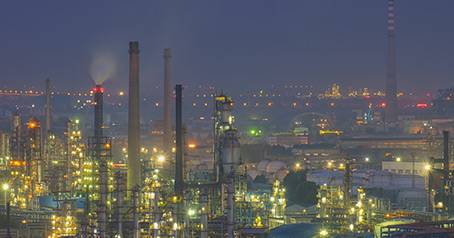Nov . 21, 2024 09:34 Back to list
hdpe pipe cost
Understanding HDPE Pipe Cost Factors and Considerations
High-Density Polyethylene (HDPE) pipes have gained significant popularity in various industries due to their excellent durability, flexibility, and resistance to corrosion and chemicals. This material is extensively used in applications such as water supply, sewage systems, agricultural irrigation, and underground construction. However, one of the critical factors that project managers and contractors must assess is the cost associated with HDPE pipes. Understanding the elements that influence HDPE pipe costs is essential for making informed decisions and budgeting effectively.
Material Costs
The primary determinant of HDPE pipe costs is the raw material itself. The price of high-density polyethylene can fluctuate based on several global factors, including crude oil prices, supply and demand dynamics, and the geopolitical climate. Generally, as the cost of raw materials rises, so will the costs associated with manufacturing HDPE pipes. Prospective buyers should monitor market trends in polyethylene pricing, as these directly impact overall project expenses.
Pipe Diameter and Thickness
HDPE pipes come in various sizes, with diameter and wall thickness being two crucial specifications. Larger diameter pipes typically cost more due to the increased amount of material used in their production. Additionally, thicker-walled pipes often carry a higher price tag because they are designed to withstand higher pressure applications or abrasive environments. Thus, accurately determining the necessary diameter and thickness for a project is vital to avoid overspending on unnecessary features.
Manufacturing and Production Techniques
The manufacturing process used to create HDPE pipes can also influence costs. Different production methods, such as extrusion processes, can vary in operational efficiencies, energy usage, and labor costs. Additionally, companies that utilize advanced technology or equipment may incur higher upfront costs but benefit from improved efficiencies that lower production costs over time. Prospective buyers should consider the production techniques employed by manufacturers when comparing pipe prices, as these factors can lead to significant differences in final costs.
hdpe pipe cost

Transportation and Logistics
Transportation costs play a crucial role in the overall expenditure associated with HDPE pipes. Given their relatively lightweight properties compared to other materials like concrete or steel, HDPE pipes can be more economical to transport. However, logistics remain a critical consideration, especially for projects located in remote areas. Delivery charges, fuel prices, and transportation distances can significantly affect the final cost of HDPE pipe installation. It’s advisable to factor these potential expenses into budget planning.
Installation Costs
While material costs are vital, installation expenses often constitute a significant portion of the project budget. HDPE pipes are generally easier and faster to install than traditional piping materials, which can lead to lower labor costs. However, specific factors such as site conditions, skilled labor availability, and the need for specialized equipment (e.g., fusion welding machines) can impact installation costs significantly. In many cases, investing in experienced installation teams can enhance efficiency, ensuring that projects are completed on time and within budget.
Lifespan and Maintenance
One of the most compelling advantages of HDPE pipes is their long lifespan, often exceeding 50 years with proper maintenance. This longevity can translate to cost savings over time as compared to other piping materials that may require more frequent replacements. Including the life-cycle costs—maintenance, potential repairs, and replacement needs—in the overall budgeting process can provide a more comprehensive understanding of the long-term value of investing in HDPE piping systems.
Conclusion
In conclusion, the costs associated with HDPE pipes encompass various factors, including material prices, size specifications, production methods, transportation, installation, and long-term maintenance. By carefully analyzing these elements and understanding their implications, project managers can develop accurate budgets and make informed purchasing decisions that benefit their projects in the long run. Investing in quality HDPE piping can lead to reduced operational costs, seamless installation, and enhanced longevity, ultimately providing excellent value in various applications.
-
High-Quality PPR Pipes and Fittings Durable ERA PPR & PVC PPR Solutions
NewsJul.08,2025
-
Black HDPE Cutting Board - Durable, Non-Porous & Food Safe HDPE Plastic Cutting Board
NewsJul.08,2025
-
High-Quality CPVC Panel Durable HDPE & PVC Panels Supplier
NewsJul.08,2025
-
Double PE Welding Rod Supplier - High Strength, Durable & Versatile Welding Solutions
NewsJul.07,2025
-
High-Quality PVC-O Pipe Supplier Durable 75mm PVC Pipe & Connections Leading PVC Pipe Company
NewsJul.07,2025
-
HDPE Drainage Pipe Supplier – Durable & Corrosion-Resistant Solutions
NewsJul.06,2025

